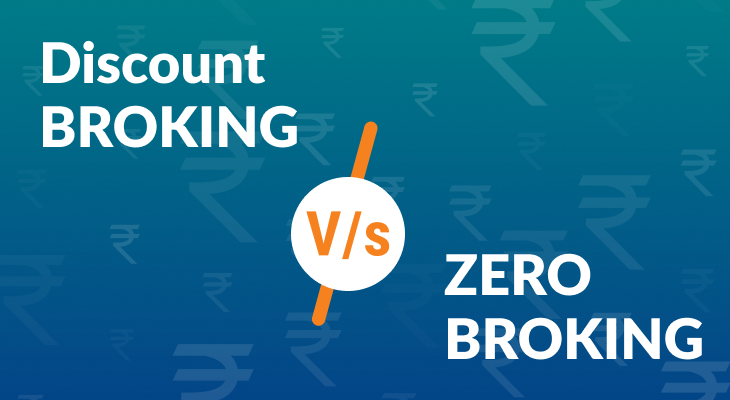
The cash discount on the other hand is between the seller or retailer and the buyer. Discounts are great marketing tools in the retail world because they increase sales and attract new customers. A discount can also put a store above others for customers to choose because of the discount offered. However, rebates can also be complex and may require customers to navigate a lengthy process to claim their refund.
Can I Combine Rebates With Other Discounts?
- This helps the seller to maintain cash flow and healthy working capital.
- However, rebate limitations also exist, including the potential for customers to forget to redeem their rebates or experience frustration with the redemption process.
- When implementing a discount strategy, businesses should consider the potential impact on consumer behavior and adjust their price strategy accordingly.
- Both rebates and discounts can be effective marketing tools for businesses, but which one to prefer depends on the specific goals of the business.
After the target specified in the agreement is met, customers can claim a percentage of the purchase price back for a better deal on their order. If you’re a supplier offering rebates to a customer, you’re dealing in customer rebates. If you’re a customer receiving rebates from suppliers, you’re dealing in supplier rebates. Since newer heat pumps and air conditioners are much more energy efficient and better for the environment, investing in these systems helps promote a healthier, more sustainable world.
Rebates vs Discounts: The Key Differences
For example, a customer who purchases a printer with a $50 rebate may simply need to fill out a short form online and submit it with their receipt to receive the refund. This can be a hassle-free way for customers to save money on their purchase. The values of these concepts differ depending on the seller’s perspective or the buyer’s perspective. The value to the seller is more satisfied customers and a good marketing tool.
Why do companies offer rebates instead of just lowering the price?
On the other hand, discounts are a promotional strategy where the price is reduced at the point of sale, providing immediate value to the customer. They are a part of a short-term strategy aimed at boosting sales and marketing efforts. The price reduction through discounts is realized immediately at the point of purchase.
Rebates vs. Discounts: What Are the Differences?
Often rebates are used as an incentive to purchase multiple items or more of an item at one time. This strategy can draw in customers who are interested in receiving cash back for expensive items they might not otherwise purchase. Two popular choices when forming your pricing strategies are rebates and discounts. The key players in the retail business are involved in offering discounts and rebates. The two terms may be confused because they both offer some form of money return on a purchase. However, each of these words has different connotations in the way they are offered and the timing of the offer.

Volume discounts are another type, where you get a discount when you buy a certain quantity of a product. These are the “buy one, get one free” offers that we often see in stores. There are opportunities for trading partners to create and execute on more nuanced deals. These different types of rebates allow you to drive the behaviors you want to see in your trading partners. In order to do that, the trader must first borrow the stock from its owner and deliver it to the buyer.
Rebate is refund that the seller provides to the buyer for various different reasons. Trade Discount – It encourages large quantity buying and is mostly provided to resellers. difference between discount and rebate Continue reading for the answer, and everything else you should know about using a rebate vs discount. To return to our example, around 60% of people claimed a $100 rebate.
Rebates are a form of incentive program where a supplier offers customers a monetary reward for achieving certain purchasing targets. Once the specified target is reached, customers can claim a percentage of the purchase price back, effectively receiving a discount on their order. When suppliers offer rebates to customers, it is known as customer rebates, whereas when customers receive rebates from suppliers, it is known as supplier rebates.


















